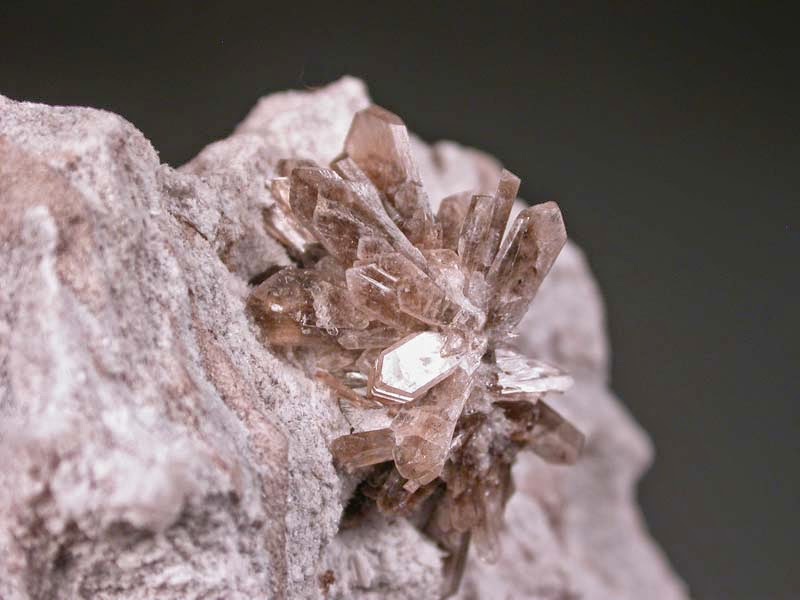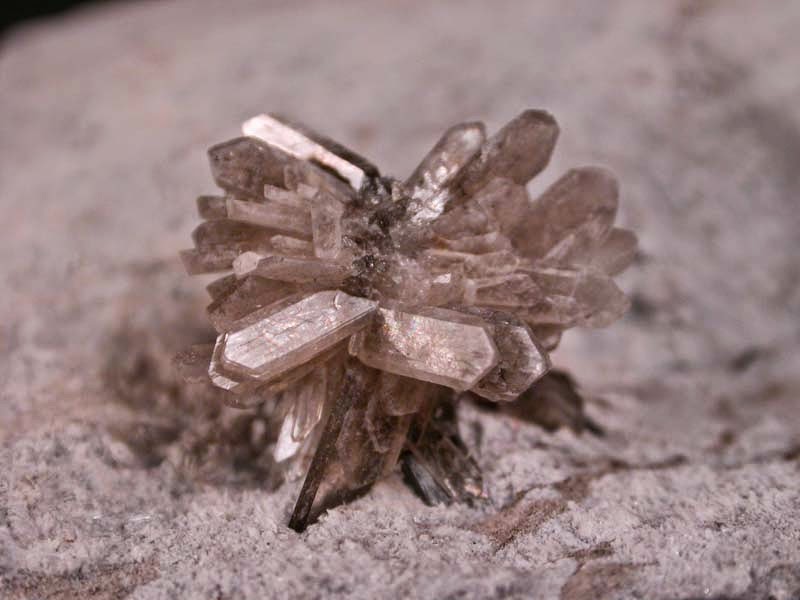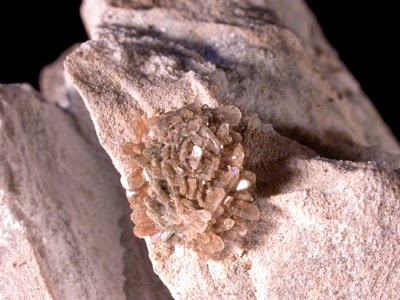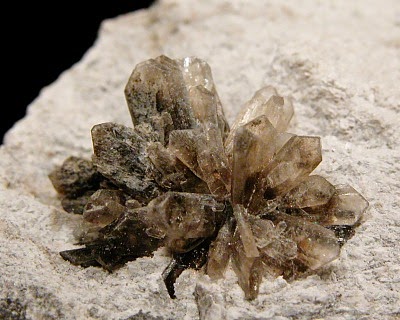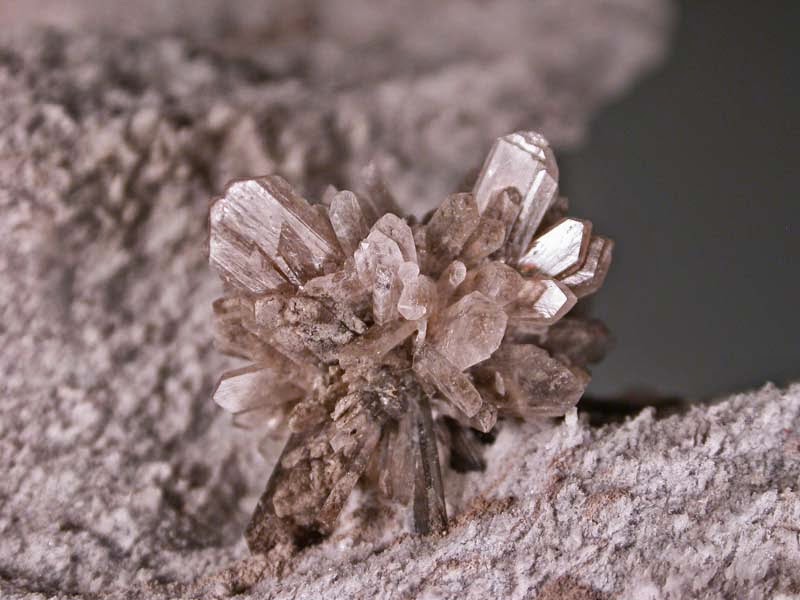
Chemical Formula: Ca2B5SiO9(OH)5
Locality: Tick Canyon, Los Angeles Co., California.
Name Origin: Named after Henry How of Nova Scotia when he first described it in 1868.
Howlite, a calcium borosilicate hydroxide (Ca2B5SiO9(OH)5), is a borate mineral found in evaporite deposits. Howlite was discovered near Windsor, Nova Scotia in 1868 by Henry How (1828–1879), a Canadian chemist, geologist, and mineralogist. How was alerted to the unknown mineral by miners in a gypsum quarry, who found it to be a nuisance. He called the new mineral silico-boro-calcite; it was given the name howlite by James Dwight Dana shortly thereafter.
The most common form of howlite is irregular nodules, sometimes resembling cauliflower. Crystals of howlite are rare, having been found in only a couple localities worldwide. Crystals were first reported from Tick Canyon, California, and later at Iona, Nova Scotia. Crystals reach a maximum size of about 1 cm. The nodules are white with fine grey or black veins in an erratic, often web-like pattern, opaque with a sub-vitreous lustre. The crystals at Iona are colorless, white or brown and are often translucent or transparent.
Its structure is monoclinic with a Mohs hardness of 3.5 and lacks regular cleavage. Crystals are prismatic and flattened on {100}. The crystals from Tick Canyon are elongated along the 010 axis, while those from Iona are elongated along the 001 axis.
Howlite is commonly used to make decorative objects such as small carvings or jewelry components. Because of its porous texture, howlite can be easily dyed to imitate other minerals, especially turquoise because of the superficial similarity of the veining patterns. The dyed howlite (or magnesite) is marketed as turquenite. Howlite is also sold in its natural state, sometimes under the misleading trade names of “white turquoise” or “white buffalo turquoise,” or the derived name “white buffalo stone.”
Physical Properties
Cleavage: None
Color: Colorless, White.
Density: 2.58
Diaphaneity: Translucent
Fracture: Brittle – Conchoidal – Very brittle fracture producing small, conchoidal fragments.
Hardness: 2.5-3.5 – Finger Nail-Copper Penny
Luminescence: Fluorescent, Long UV=bright sky blue.
Luster: Earthy (Dull)
Magnetism: Nonmagnetic
Streak: white
Photos:
